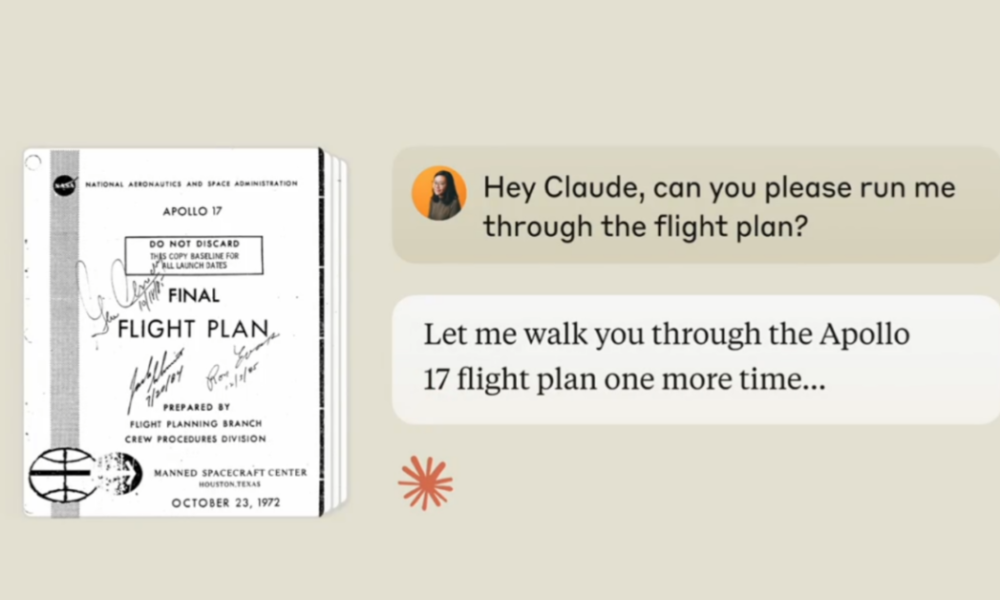Revolutionizing AI Verification with Citations API
AI verification has been a longstanding challenge, but Anthropic’s Citations API is changing the game. This technology is reshaping how AI systems verify accuracy and trustworthiness.
Enhancing Accuracy with Citations
Anthropic’s Citations API offers a groundbreaking solution to AI’s credibility problem. By automatically linking AI-generated statements back to their original sources, this tool ensures reliable and accurate content without the need for manual verification processes.
The data speaks for itself: Citations has shown a 15% improvement in citation accuracy compared to traditional methods.
The Key Importance of AI Trust
As organizations increasingly rely on AI for critical decision-making, trust has become a significant barrier to adoption. Citations addresses this challenge by providing a seamless and efficient way to verify AI outputs, ensuring accuracy in professional environments where precision is essential.
Unveiling the Technical Architecture
Citations’ unique approach to document processing sets it apart from traditional AI systems. The tool breaks down source materials into granular “chunks,” enabling precise verification at the sentence level.
The Distinction between Citations and RAG
Unlike Retrieval Augmented Generation (RAG) systems, Citations focuses on information verification rather than retrieval. This distinction highlights Citations’ strength in accuracy within provided contexts, complementing other systems’ retrieval strategies.
Seamless Integration and Performance
Integrating Citations into existing systems through Anthropic’s API is straightforward and efficient. The pricing structure is token-based, offering a scalable and predictable cost model aligned with usage.
Citations has demonstrated impressive performance metrics, including a 15% improvement in overall citation accuracy and complete elimination of source hallucinations.
As the industry continues to evolve, we can expect to see the integration of Citations-like features becoming standard practice, as well as the development of industry-specific verification standards to ensure AI trustworthiness.
-
What is Anthropic’s new feature for solving AI’s trust problem?
Anthropic’s new feature utilizes a system that allows AI models to provide explanations for their decisions, increasing transparency and trust in their decision-making processes. -
How does Anthropic’s new feature enhance trust in AI systems?
By providing explanations for its decisions, the new feature helps users understand why AI models make specific choices, reducing the perceived "black box" nature of AI algorithms and increasing trust in their outcomes. -
Can users modify the explanations provided by Anthropic’s new feature?
Yes, users have the ability to customize and adjust the explanations given by AI models, allowing for greater control over the decision-making process and increased trust in the system. -
Will Anthropic’s new feature work for all types of AI models?
While Anthropic’s new feature is designed to be compatible with a wide range of AI models, there may be limitations based on the complexity and structure of certain algorithms. However, the system is continuously being improved and updated to accommodate different types of AI models. - How does Anthropic ensure the accuracy and reliability of the explanations provided by its new feature?
Anthropic employs rigorous testing and validation processes to verify the accuracy and reliability of the explanations generated by its AI models. Additionally, the company works closely with experts in the field to continuously refine and improve the system for maximum trustworthiness.



